The author of Over the River and Through the Wood was very unlike the other author who wrote a favorite holiday song about sleighing in Medford, Mass.
You read that right: Both Jingle Bells and Over the River and Through the Wood were written about sleighing in Medford, a small city just northwest of Boston on the Mystic River.
James Lord Pierpont vs. Lydia Maria Child
For starters, Lydia Maria Child (Over the River) was a woman who used her pen to attack slavery and racism. James Lord Pierpont (Jingle Bells), 20 years her junior, sympathized with the Confederacy.
Over the River first appeared in a collection of poetry for children. Jingle Bells (then called One Horse Sleigh) was first publicly performed in blackface at Boston’s Ordway Hall.
Child taught school, gave advice to housewives and nursed her sick father in his last days. Pierpont had a taste for adventure, risky business and pretty ladies.
They had some similarities, though. Both had career ups and downs, and both had famous relatives. He was J.P. Morgan’s uncle, she was Andrew Wyeth’s fourth cousin once removed.
Lydia Maria Child
She was born Lydia Francis on Feb. 11, 1802 in Medford, Mass., a town known for sleighing and rum distilling. Largely self-educated, she spent her teen years with her married sister in Maine. She taught school until she married a Boston lawyer named David Lee Child in 1828.
She had already rocketed to fame in 1824 for writing a historical novel, Hobomok, A Tale of Early Times. The book dealt with a Salem, Mass., girl who marries an Indian, divorces and remarries an Episcopalian — controversial themes for the time. An article in the North American Review inspired her to write it, her first novel, which she finished in six weeks. It won her fame and access to the elite Boston literary salon led by George Ticknor.
Later in 1824 she wrote a popular children’s book, Evenings in New England. Intended for Juvenile Amusement and Instruction. Her third novel flopped, and she turned her attention to editing the first U.S. children’s magazine from 1826 to 1834.
In 1829 she wrote The Frugal Housewife. Dedicated to Those Who Are Not Ashamed of Economy. Her husband forced her to practice what she preached when he went to jail for libel and ran up chronic debts. The book went through 33 printings in 25 years. According to Child’s biographer, Carolyn Karcher, a majority of women in the 1830s read it. The book popularized shucked oysters and the one-crust pumpkin pie later celebrated in Over the River.
The Childs never had children and separated for a while, but eventually reconciled. She wrote 52 books during her lifetime, and edited Incidents in the Life of a Slave Girl, the story of Harriet Jacobs’ sexual oppression.
Lydia Maria Child died on Oct. 20, 1880. She is remembered mostly for her activism and for Over the River and Through the Wood, which an unknown musician put to music. Here are seven fun facts about the author of the Thanksgiving classic.
1. Not-So-Cozy Childhood
The cozy image of childhood – bundled in a sleigh racing to grandfather’s house – bore no relation to her own unhappy girlhood. Lydia Maria Child was the last of five children and felt unwanted by her sick, distant, mother and her gloomy, unsociable father.
Thanksgiving gave her one of her few happy childhood memories. Her family welcomed as many as 20 local working people into their home — the wood sawyer, the washer woman – on Thanksgiving Eve and filled them with sweet and savory pies. Her father gave them bread and crackers and pastries to take home for their children.
2. Career Ender
Lydia Maria Child destroyed her career in 1833 when she wrote a book called Appeal in Favor of That Class of Americans Called Africans. In it, she denounced slavery and called for the immediate emancipation of slaves with no compensation to their owners.
So many people canceled subscriptions to her children’s magazine that it folded. People boycotted her books, and friends turned away from her on the street. George Ticknor wouldn’t talk to her or to anyone who talked to her. She did find new friends among the abolitionists, and both Sen. Charles Sumner and Wendell Phillips credited her Appeal with awakening them to the horrors of slavery.
3. Over the River — A Boy’s Song
Child published the poem Over the River and Through the Wood in 1844 as The New-England Boy’s Song about Thanksgiving Day. She wrote it while living in New York City, trying to rebuild her literary career with a book called Letters from New York and books for children.
Over the River appeared in Volume II of Flowers for Children. Over the River somehow got set to music — no one seems to know how — and became popular after the Civil War. By the turn of the century it was a classroom standard.
4. Thanksgiving in April?
Thanksgiving during Lydia Maria Child’s childhood was mostly a New England holiday and not celebrated officially outside of the region. The date also varied, often depending on local preference or national events.
When Lydia Maria Child was 13, for example, President James Madison declared April 13, 1815 a day of national Thanksgiving for the end of the War of 1812. Not until Abraham Lincoln declared Thanksgiving the last Thursday of November in 1863 did the date become fixed — and national.
5. The Real Grandfather’s House
“Grandfather’s House” still exists in Medford. People call it ‘grandfather’s house’ because the poem originally referred to grandfather. No one, however, has proved the house belonged to a grandfather of Lydia Maria Child. No one has disproved it, either.
Known as The Paul Curtis House, it belonged to a shipbuilder named – you guessed it – Paul Curtis, who was born in 1800 in Scituate, Mass. The big white Greek revival house sits on the banks of the Mystic River, across from what used to be Curtis’s shipyard. Tufts University bought the house in 1976, restored it, then recently sold it to a private owner.
It was a small farmhouse when Curtis bought it, but he expanded it considerably. He moved into the house in 1839, five years before Lydia Maria Child wrote Over the River and Through the Wood. So was the house actually Child’s grandfather’s house? Both her grandfathers were dead by the time she was born. But her maternal grandmother, Susanna Rand, died in Medford when Lydia was 10. So maybe it was grandmother’s house all along.
6. A Sleighing Scene
Medford had quite a sleighing scene. Young people used to race sleighs, one of the few places where a boy and a girl could snuggle together unsupervised.
Dangerous sleigh races took place on Salem Street in the mid-19th century. That explains how Medford resident James Lord Pierpont ended up writing Jingle Bells, supposedly in a Medford tavern.
If Jingle Bells was the equivalent of a Beach Boy’s song about fast cars and pretty girls, Over the River was National Lampoon’s Vacation, a family trip but without the slapstick.
7. A Norridgewock Eye-Opener
Lydia Maria Child spent her teen years living with her married sister in Norridgewock, Maine, where she grew friendly with Abenaki and Penobscot Indians.
One day an Indian woman came to her door and asked for salt fish. The next day she came to the door with her newborn baby, who she had washed in the river after hacking through the ice with a hatchet. She walked four miles home with a sack of potatoes over her shoulder and the newborn.
Throughout her life, Lydia Maria Child argued that women weren’t inherently weak. and she advocated for the rights of women and for Native Americans.
* * *
Need some new ideas for your Thanksgiving feast? How about trying something old — and authentic — from the New England Historical Society. Available in paperback and as an ebook from Amazon (click here).
Paul Curtis House By Daderot at en.wikipedia, CC BY-SA 3.0, https://commons.wikimedia.org/w/index.php?curid=18003220. This story was updated in 2023.
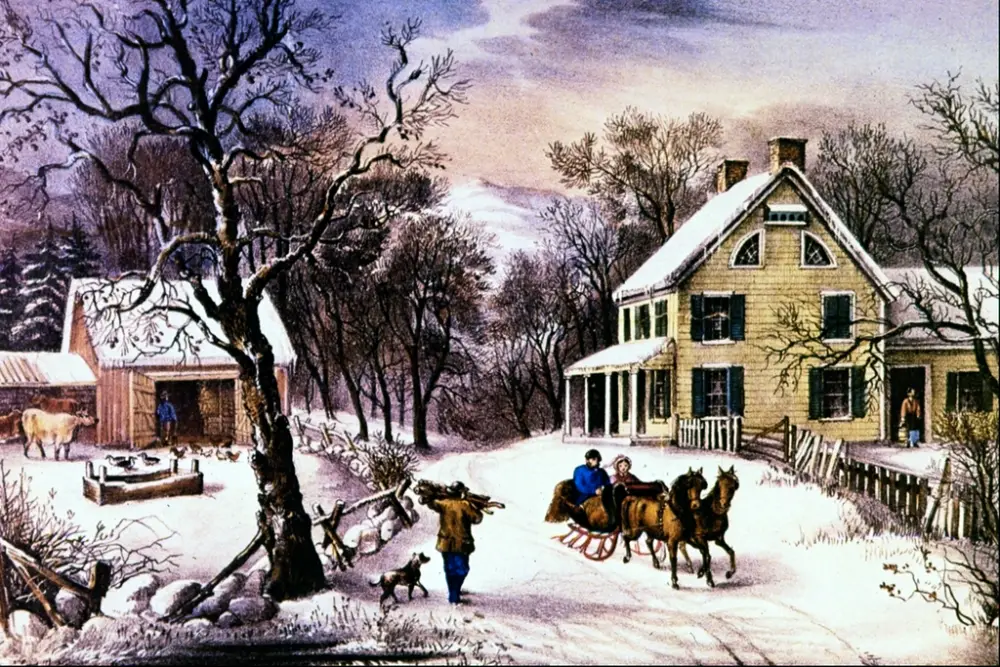
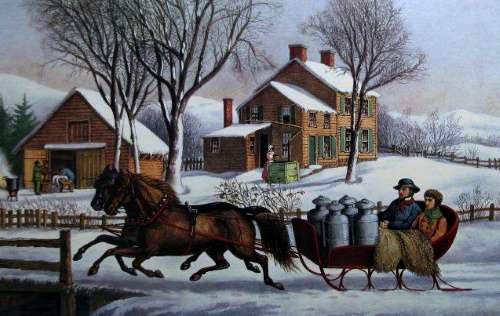
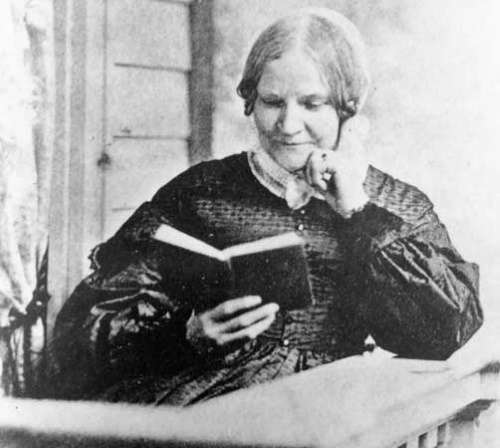
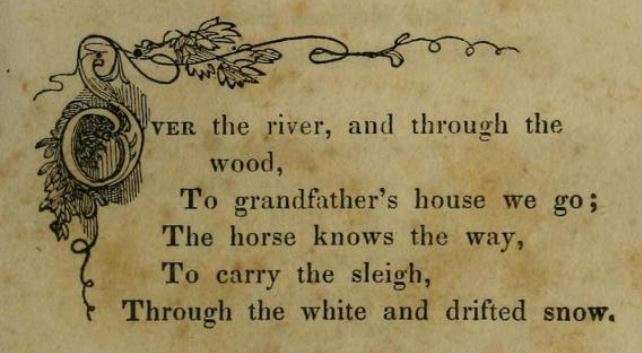
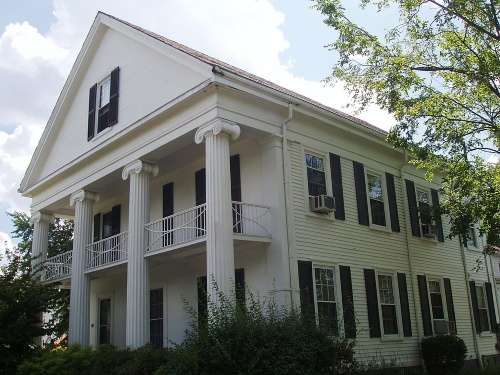
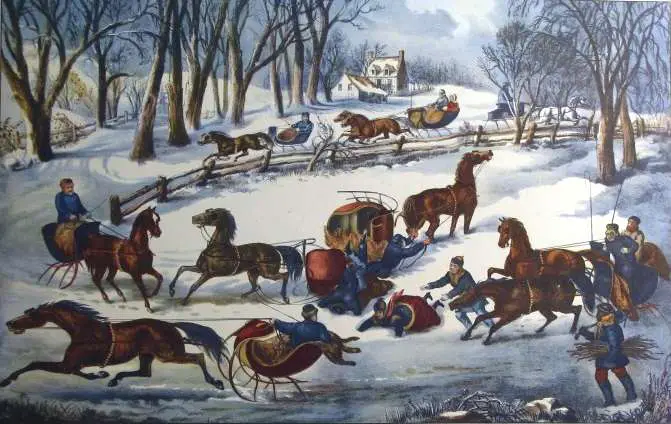


3 comments
[…] This story about James Lord Pierpont was updated in 2019. You may also want to read about another song that describes sleighing in Medford, Mass., here. […]
[…] women began to make it too. In 1832, Lydia Maria Child wrote a cookbook recommending using molasses (also made from the sugar-refining process, but […]
[…] –>More history of Over the River song […]
Comments are closed.